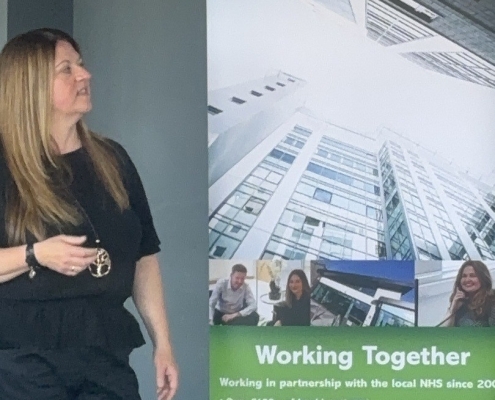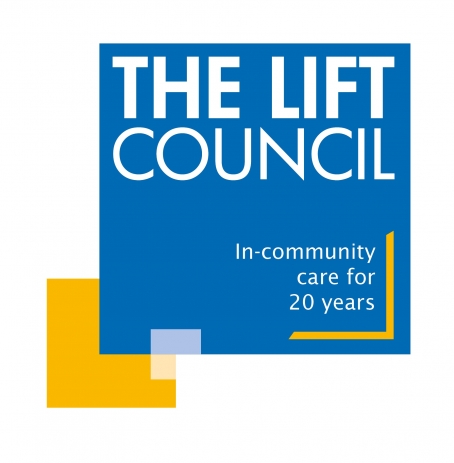If you are involved in any part of planning services, estate or delivering FM within the NHS, or even reading the latest news about the current challenges faced, I can almost guarantee there will be a mention of the ongoing and growing backlog maintenance issue.
The latest ERIC data (which includes the condition of NHS Hospital buildings and equipment) states that the figure to eradicate problems in secondary care now stands at £13.8b, with a 15% increase in the ‘high risk’ backlog in the previous year. Failure to address repairs urgently could lead to serious injury to staff and patients, with potential major disruption to services.
But this isn’t the whole picture. The same level of detail is not currently collated for the Primary Care estate, which is often pieced together from various surveys and reports. We do know that figures here don’t improve; 20% of practices were built before the establishment of the NHS in 1948, and 53% are over 30 years old.
As we await the release of the new NHS 10-year health plan, which we already know focuses upon moving care from hospitals to communities (left shift), leveraging technology, and prioritising prevention over treatment, there’s a feeling of ‘kicking the can down the road’.
Without doubt, a clinical model that provides patients with timely access to a wider range of services in their local neighbourhoods is the NHS and Social Care system we want to achieve. A system that relieves pressure in acute settings and ensures the right professional sees patients in the right setting. We also want these new models of care to attract a workforce that wants to work in these settings, delivering high-quality care.
The reality is that to achieve the ‘left shift’, we must closely examine the current capability within the Primary Care estate.
As Community 1st sponsored a workshop event last week, hosting strategic leaders from the Greater Manchester Integrated Care System, who gathered to discuss how best to shift acute services from traditional hospital settings into community locations, the Government announced a capital fund of £102m, to ‘create additional space’ at 1000 GP surgeries across England.
The news was well received but sparked considerable discussion about the actual impact this funding would have against a backdrop where much of the Primary Care estate isn’t ‘fit for purpose’.
Whilst the funding announced will help a small number of GP surgeries, with ‘quick fixes’, we need to consider current opportunities that will enable the transformation of clinical service delivery, be achieved quickly, and maintained in the long term.
We demonstrate time and time again the opportunities that are presented with the existing LIFT estate – an estate that is fit for purpose, flexible, maintained to day-one standard, and in Community 1st areas, located in local neighbourhoods with high health needs and deprivation, and importantly not yet utilised to its fullest capacity.
While demonstrating these opportunities to stakeholders, we must address what the system perceives as blockers. The most common theme is that ‘LIFT is expensive’.
Why is that?
Hopefully, the answer is clear from the details provided earlier.
The LIFT estate was designed to be able to meet the changing needs of local populations for many years. It was also designed to comply with current (and, as far as possible, future) NHS standards (HTM, HBN, IPC), and importantly, the estate is continually maintained to day-one standard.
With a need to meet stringent criteria within LIFT agreements, our local FM and estate management partners achieve consistently high maintenance, safety and environmental standards across the whole LIFT estate, all via detailed pre-planned maintenance agreements. This ensures the estate will remain fit for purpose, with the ability to expand service provision quickly and efficiently for many years.
When comparing costs, the LIFT estate versus a poorly maintained, unsuitable estate, it’s clear that the costs will be higher since we’re not comparing like with like.
So, back to my earlier comment: are we ‘kicking the can down the road’?
We know the shift from acute to local settings is the right one for those services that can be delivered safely in these settings, whether outreach, outpatient diagnostics, or follow-up care.
The capital announcement from Primary Care is welcome, but how much will it achieve? Will the estate changes meet the requirements for additional clinical space? Will that allow for an enlarged waiting area and the appropriate support space and staff facilities necessary to comply with HTM and HBN guidelines? Moreover, will these upgrades be maintained in the medium and long term to ensure high-quality care and better environments for staff for years to come?
I believe we know the answer, and I think we understand that this must change. In our local areas, we are supporting ICB colleagues in planning and delivering transformational change, which extends beyond just the LIFT estate. There is a focus on PLACE, an emphasis on the estate as an enabler rather than a driver, and a commitment to what is best for the patient.
Our local teams will continue supporting our local health economy partners to address these challenges. We view our LIFT estate as a successful model of long-term partnership and a catalyst for enabling long-term change, one that does not contribute to the existing backlog maintenance issue.
We will continue to work with our NHS partners and hope to demonstrate the value of long term joint venture partnerships as a model that could help the NHS meet its estate needs.
Kate Edwards
Health Development Director
kedwards@community1st.co.uk
#NHSEstate #Workingtogether #Leftshift



